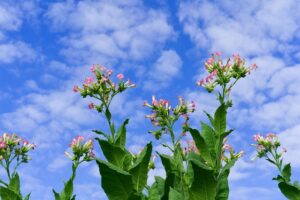Florida’s warm climate, recognized as USDA hardiness zones 8a to 10b, offers a unique opportunity to grow a variety of plants that thrive in sunny and humid conditions. This guide will provide you with comprehensive details about each category of plants to consider for June planting, including their temperature tolerances and ideal planting dates.
Vegetables To Plant
Tomatoes
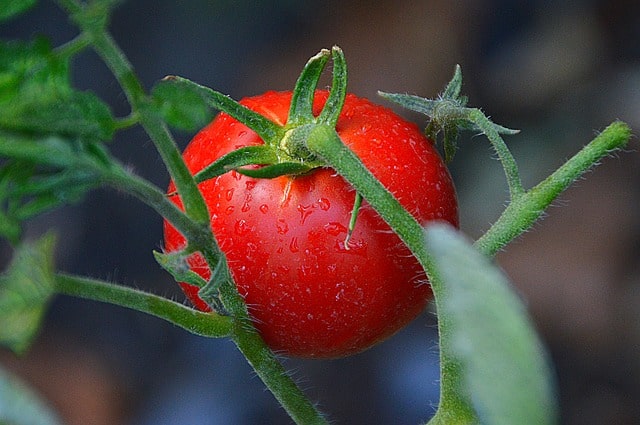
Tomatoes are among the most beloved summer crops, known for their versatility and rich flavors. In Florida, the heat can be intense, so it’s crucial to choose heat-tolerant varieties. Varieties like ‘Heatmaster’, ‘Sunmaster’, and ‘Solar Fire’ are specifically bred to withstand high temperatures and humidity.
Temperature Tolerance: Tomatoes thrive at temperatures between 70°F and 85°F, but the heat-tolerant varieties can tolerate temperatures up to 95°F, especially if protected from extreme sun exposure by providing some afternoon shade.
Planting Dates: In Florida, you can plant tomatoes from late spring through early summer for a productive garden. For June planting, opt for transplants rather than seeds to ensure stronger plants that can handle the heat.
Helpful Tips: Ensure you water consistently, especially during dry spells, and consider using mulch to retain soil moisture. Pruning the lower leaves can improve air circulation and reduce the risk of fungal diseases.
Peppers

Peppers offer great diversity in flavor and heat, making them a favorite among gardeners. In Florida, both hot and sweet bell peppers can be planted in June, with varieties such as ‘Cayenne’, ‘Jalapeño’, and ‘Bell’ succeeding well in the summer sun.
Temperature Tolerance: Peppers thrive when daytime temperatures range between 70°F and 95°F. They may struggle in temperatures above 95°F, so selecting varieties with high heat tolerance helps mitigate stress.
Planting Dates: Similar to tomatoes, you can plant peppers from late spring into mid-summer. When planting in June, opt for healthy transplants from a nursery to ensure a productive harvest.
Helpful Tips: Peppers love well-drained soil enriched with organic matter. Providing adequate moisture—without waterlogging—is essential for fruit development. After the plants are established, consider using a balanced fertilizer to support growth.
Eggplant
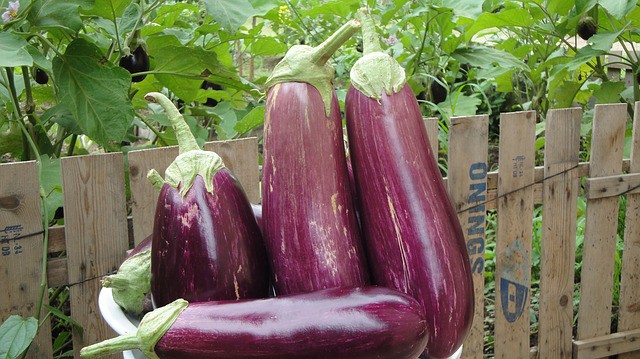
Eggplant, known for its glossy purple fruits, does exceptionally well in hot weather and is an excellent choice for June planting. Varieties like ‘Black Beauty’ and ‘Jasper’ are popular in Florida gardens.
Temperature Tolerance: Eggplant thrives in warm conditions; it grows best in temperatures ranging from 70°F to 90°F. During peaks of summer, ensure the plants are managed with proper shade to prevent heat stress.
Planting Dates: In Florida, eggplant can be sown as transplants or seeds from late February through June. Planting in June allows the crops to establish during the warmest months, leveraging the growing season.
Helpful Tips: Ensure that your eggplants have well-draining soil enriched with compost. Mulching helps retain moisture and keep roots cool. Regular harvesting promotes further fruit production, so don’t hesitate to pick eggplant as soon as they reach a usable size.
Cucumbers
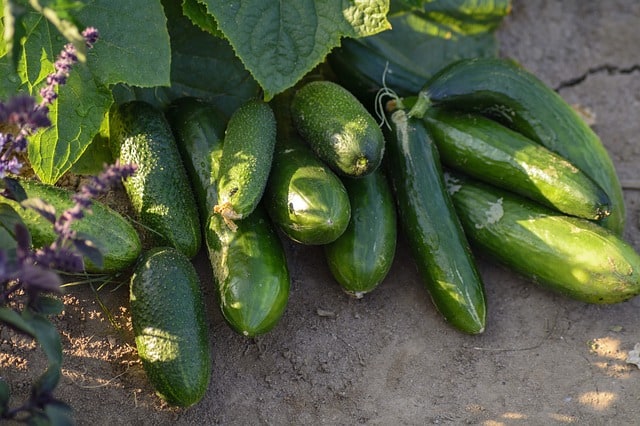
Cucumbers are a fast-growing favorite, ideal for the summer months. Varieties like ‘Marketmore’ and ‘Straight Eight’ can thrive in the warm weather that June brings.
Temperature Tolerance: Cucumbers grow best in temperatures ranging from 70°F to 95°F. They are sensitive to very high temperatures above 95°F, which can affect flowering and fruit set, so providing a bit of shade during the hottest part of the day can help.
Planting Dates: The best planting time for cucumbers in Florida stretches from late spring to early summer. Planting in June should be done either through seeds or transplants to ensure a fruitful harvest before the heat peaks.
Helpful Tips: Cucumbers prefer rich, fertile soil and consistent moisture, so a drip irrigation system can be useful to keep them hydrated. If you’re short on space, consider growing them vertically on trellises to enhance air circulation and increase yields.
Squash
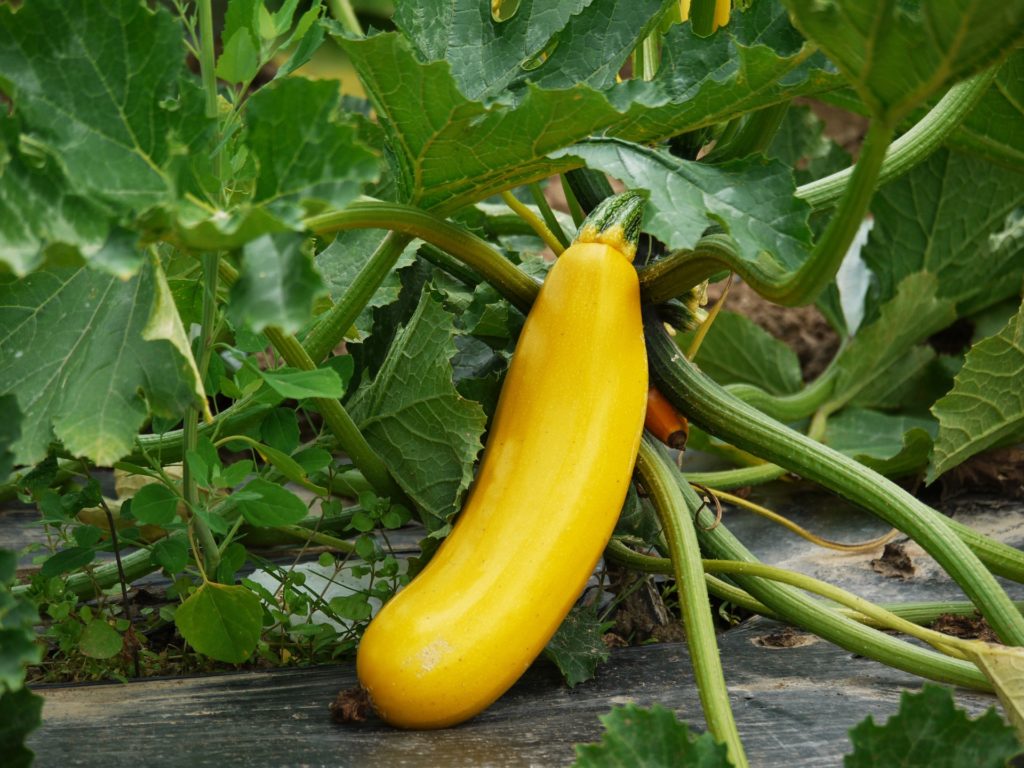
Squash varieties, particularly summer squash like zucchini (‘Gold Rush’ or ‘Dark Green Zucchini’), are well-suited for June planting and offer bountiful yields in Florida’s warm climate.
Temperature Tolerance: Squash enjoys temperatures between 70°F to 90°F but can flourish with proper care even with fluctuating summer temperatures.
Planting Dates: Squash can be planted from mid-spring through the summer months in Florida. In June, sow seeds directly into warm soil or plant transplants for an abundant harvest.
Helpful Tips: Space plants adequately to allow for sprawling growth. Regular watering is essential, especially in dry conditions. Use organic mulch to retain soil moisture and prevent weed growth while protecting sensitive plants.
Beans
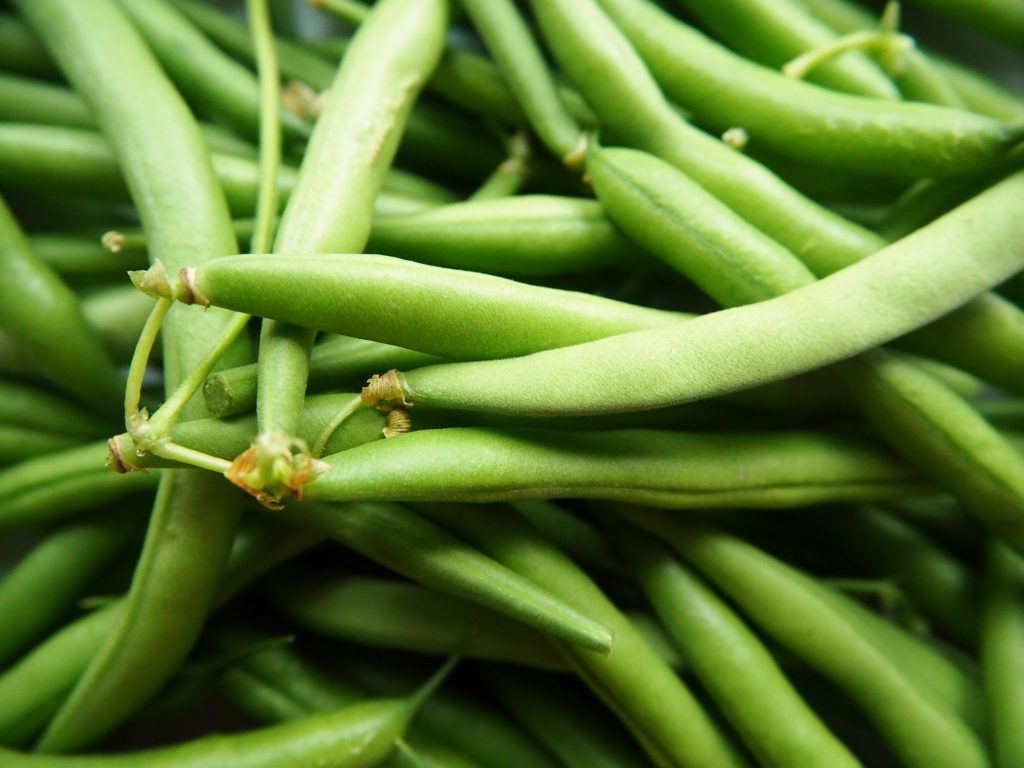
Beans, such as green beans and pole beans, thrive in summer conditions and can be planted in June. Varieties like ‘Blue Lake’ and ‘Kentucky Wonder’ are especially popular.
Temperature Tolerance: Beans prefer temperatures around 70°F to 90°F for optimal growth. While they withstand heat, they need protection from extreme temperature fluctuations.
Planting Dates: Beans can be planted in Florida from late spring through mid-summer. June is ideal for a second planting to extend the harvest season.
Helpful Tips: Beans fix nitrogen in the soil, enhancing the soil quality for subsequent plantings. They should be planted in well-draining, fertile soil and benefit from regular watering. A trellis for pole beans can help maximize growing space and improve air circulation.
Okra
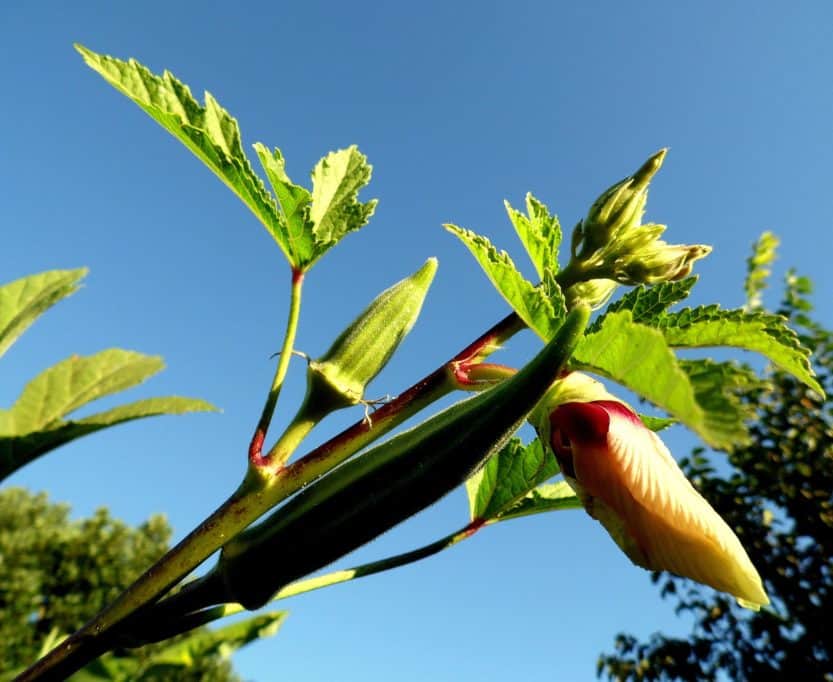
A staple of southern cooking, okra is perfect for warm climates and can be grown successfully in June. Varieties like ‘Clemson Spineless’ are popular for their smooth pods and resistance to pests.
Temperature Tolerance: Okra thrives in temperatures from 70°F to 95°F, making it well-suited for Florida summers.
Planting Dates: June is an excellent time to start planting okra from seed or transplant. The warmer the soil, the better the germination rate and rapid growth.
Helpful Tips: Okra prefers full sun and well-drained soil. Regular watering is necessary during the establishment phase. Once they begin to flower, the watering frequency can be reduced. Harvesting young pods encourages further flowering and fruit production.
Melons
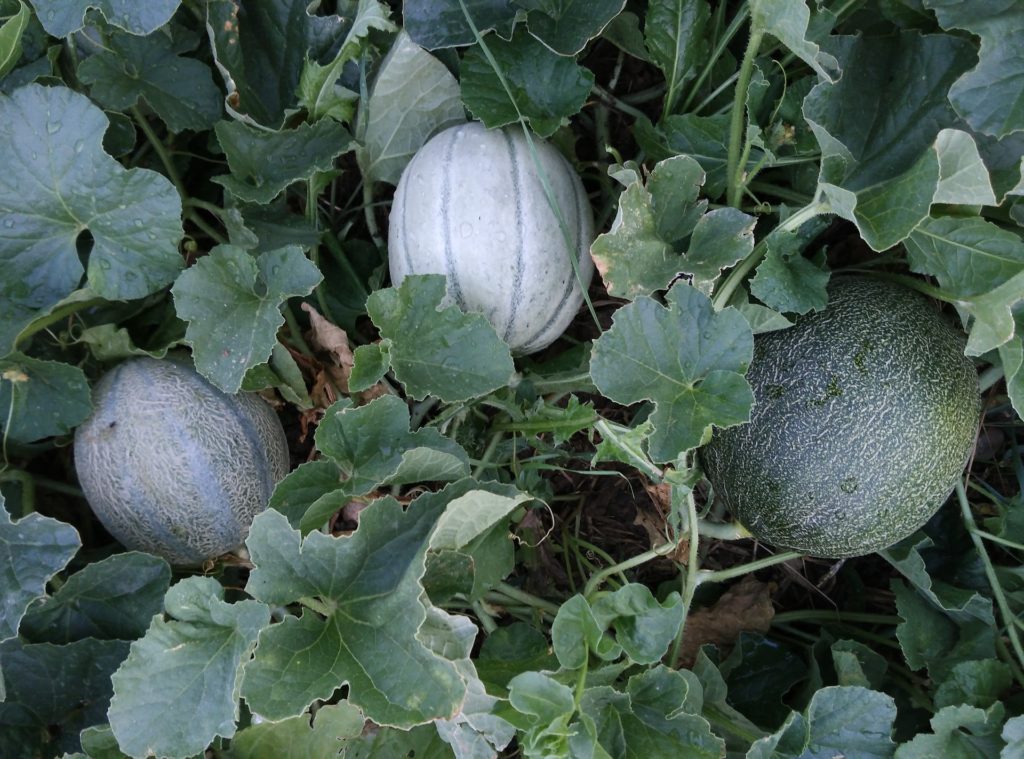
Melons, including cantaloupes and watermelons, thrive in Florida’s heat and can be planted in June. Varieties like ‘Sugar Baby’ and ‘Ambrosia’, with their sweet flavor profiles, are wonderful choices.
Temperature Tolerance: Melons prefer soil temperatures of 70°F or higher and can tolerate heat quite well, thriving in conditions up to 95°F.
Planting Dates: June is an ideal planting time, with seeds or transplants being used. Ensure good soil warmth for germination if sowing directly.
Helpful Tips: Site melons in full sun and ensure they have plenty of room to sprawl. Adequate watering in the early stages helps establish deep roots while mulch can aid in moisture retention as they mature. Place a filter or shade cloth over them during the hottest days to prevent sunscald on the melons.
Corn
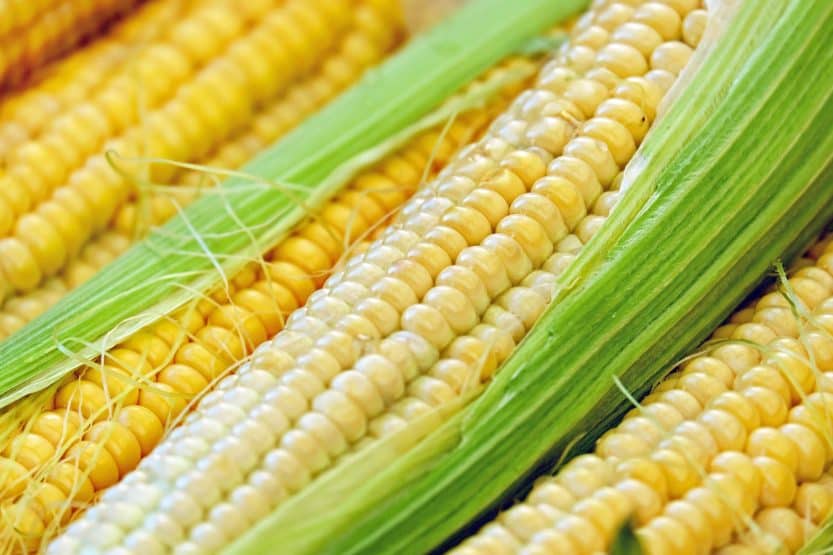
Planting sweet corn in June can yield delicious, fresh cobs by late summer. Varietals such as ‘Silver Queen’ and ‘Jubilee’ are well-suited for Florida’s climate.
Temperature Tolerance: Corn thrives in temperatures between 60°F and 95°F but prefers daytime highs around 75°F to 86°F for optimum growth.
Planting Dates: In Florida, corn can be planted in the spring and again in mid-summer. June planting allows for a late summer harvest.
Helpful Tips: Plant sweet corn in blocks to improve pollination. Well-draining, rich soil with plenty of nutrients supports robust growth. Regular watering and a balanced fertilizer application can help improve kernel quality.
Radishes
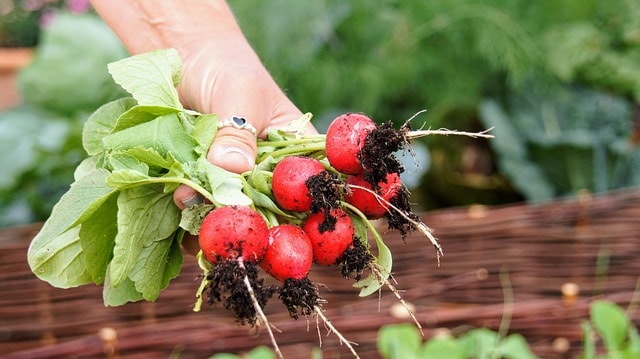
Radishes can be a quick-growing option for June planting, with varieties like ‘Cherry Belle’ maturing in about 30 days.
Temperature Tolerance: They prefer cooler soil around 55°F to 75°F but can grow in warmer temperatures, although they may become spicier with heat.
Planting Dates: They are typically planted from late spring to early summer, making June a suitable time for quick succession planting.
Helpful Tips: Radishes prefer loose, well-drained soil. Keep them uniformly moist to prevent them from getting woody or bitter. Quick harvesting encourages further succession plantings, and varied types can maintain interest in your garden.
Flowers To Plant
Sunflowers

Sunflowers are iconic for their bright yellow blooms that turn to follow the sun. Varieties like ‘Royal Star’ and ‘Mammoth’ are popular due to their hardiness and ease of growth.
Temperature Tolerance: Sunflowers enjoy temperatures ranging from 70°F to 85°F and can withstand the heat, though prolonged exposure to very hot conditions may affect flowering.
Planting Dates: June is one of the best months to plant sunflowers, as they thrive in the warm summer days.
Helpful Tips: Plant sunflowers in well-drained, fertile soil with full sun exposure. Protect young seedlings from pests, and provide supports if growing taller varieties. They’re also excellent for attracting pollinators.
Zinnias

Zinnias are vibrant annuals that bloom throughout the summer. Varieties like ‘Zinnia Profusion’ are particularly robust and petal-rich.
Temperature Tolerance: They thrive in temperatures between 70°F and 90°F and can tolerate high heat well, making them a perfect choice for June.
Planting Dates: Zinnias planted in June will flourish quickly, often blooming within a few weeks.
Helpful Tips: They require full sun and should be planted in well-drained soil. Watering at the base prevents mildew, and deadheading spent blooms prolongs the flowering season.
Marigolds
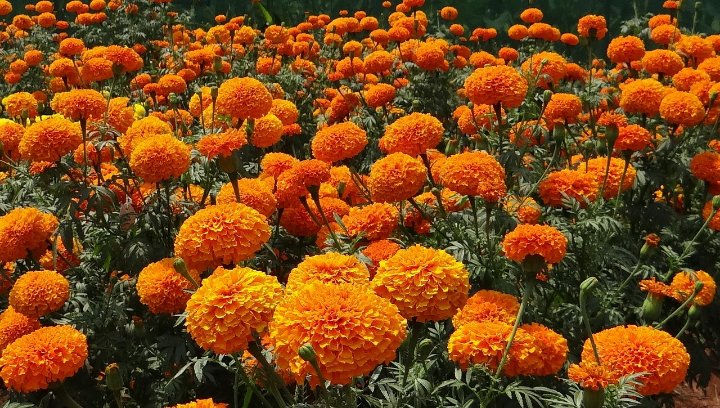
Marigolds are hardy, low-maintenance flowers that repel pests and add bright colors to any garden. Varieties like ‘French Marigold’ are particularly popular.
Temperature Tolerance: Marigolds thrive in temperatures ranging from 60°F to 90°F, making them well-suited for Florida’s summer climate.
Planting Dates: Planting marigolds in June is ideal for robust summer blooms.
Helpful Tips: Plant marigolds in well-drained soil in areas that receive full sunlight. They are drought-tolerant but should receive consistent moisture during budding and blooming stages.
Cosmos

Cosmos are easy-to-grow flowers that provide vibrant character to a garden. Varieties like ‘Pink Sensation’ are known for their outstanding adaptability.
Temperature Tolerance: Cosmos thrive in temperatures of 70°F to 90°F, and while they appreciate warmth, they will bloom prolifically even as temperatures rise.
Planting Dates: June is a fantastic time to sow cosmos seeds directly in the garden.
Helpful Tips: They thrive in poor to average soil conditions and require full sun exposure. Their informal structure makes them great for mixed borders, and they are known for attracting beneficial insects.
Coneflowers
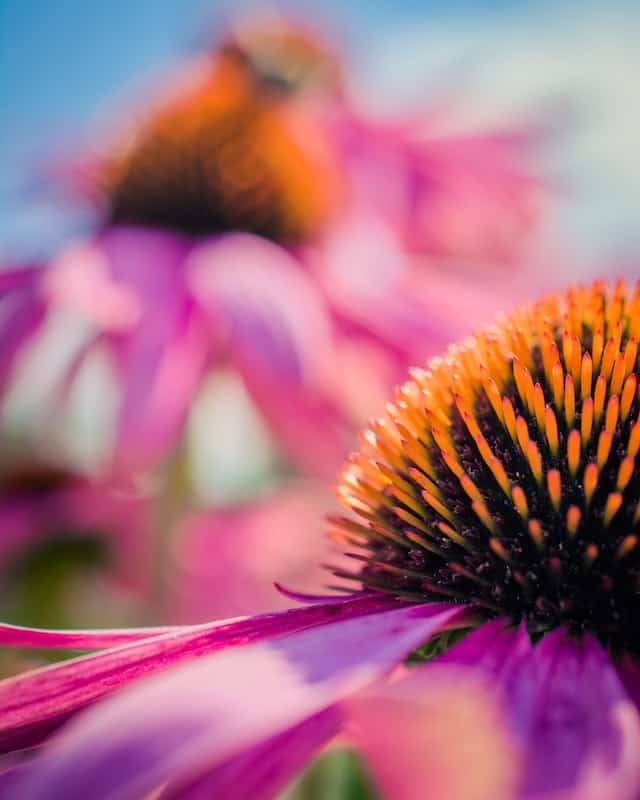
Coneflowers (Echinacea) provide stunning blooms and resilience in the landscape. They can serve as ornamental plants while also attracting pollinators.
Temperature Tolerance: These perennials thrive well in temperatures ranging from 70°F to 90°F and are known for their drought resistance.
Planting Dates: June is suitable for planting coneflowers, as they will establish before the summer heat peaks.
Helpful Tips: They prefer well-draining soil and can tolerate poorer soil conditions too. Encouraging deadheading encourages a longer bloom period, and they are quite effective in attract pollinators.
Lantana
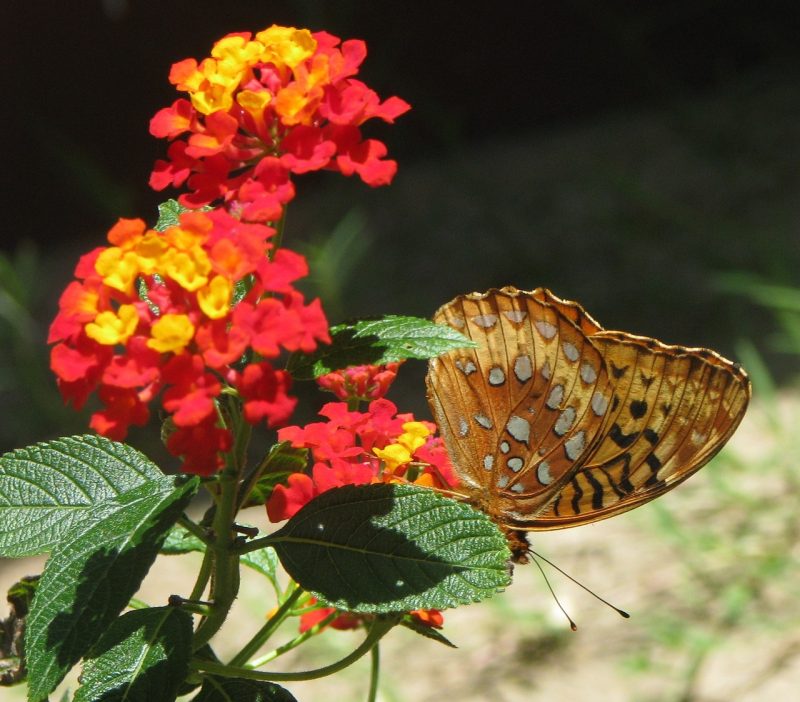
Lantana is a vibrant, drought-tolerant shrub that brings warmth to landscape designs. With varieties like ‘New Gold’, it’s a perfect heat-loving plant.
Temperature Tolerance: Lantana thrives in temperatures from 70°F to 90°F and can withstand heat and drought conditions.
Planting Dates: June is an optimal time for planting this perennial in Florida.
Helpful Tips: Lantana prefers full sun and well-drained soil. Regular pruning will encourage bushier growth, but be careful to not overwater, as they prefer to dry out between waterings.
Bougainvillea
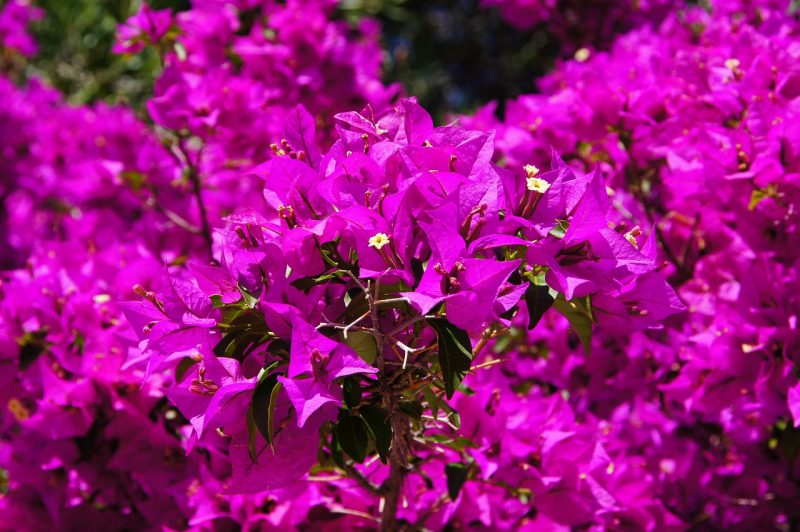
Bougainvillea is a stunning, climber that creates dramatic landscapes with its colorful bracts. It’s well-suited to hot climates like Florida.
Temperature Tolerance: Bougainvillea thrives in high temperatures, doing best from 70°F onward.
Planting Dates: June is ideal for planting bougainvillea, allowing roots to establish during peak growing months.
Helpful Tips: Ensure that the soil is well-draining to prevent root rot. Bougainvillea benefits from less frequent watering, which encourages bloom production, and thrives in full sun environments.
Vinca
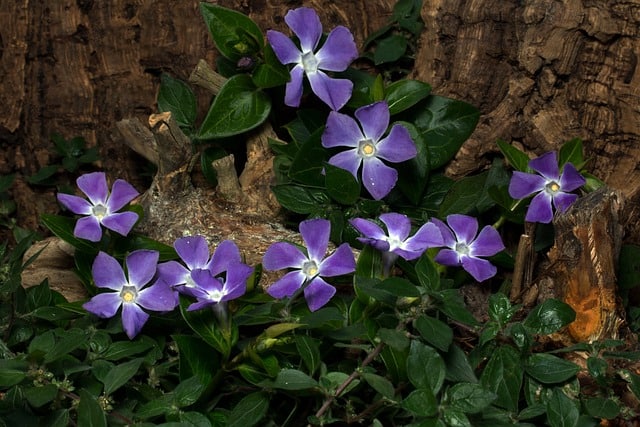
Vinca, or periwinkle, is a low-maintenance annual that blooms all summer. It’s great for summer gardens as it’s heat and drought-resistant.
Temperature Tolerance: Vinca grows well in warm weather, tolerating temperatures of 70°F to 90°F.
Planting Dates: June is perfect for sowing or transplanting vinca in your outdoor areas.
Helpful Tips: They do well in a variety of soil types but prefer well-drained areas. Regular watering will promote growth, and the use of mulch will help retain soil moisture.
Petunias
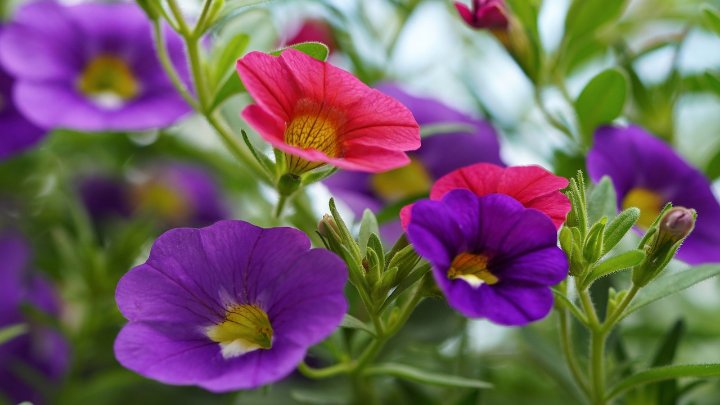
Petunias are versatile garden annuals known for their lovely blossoms and fragrance. Varieties like ‘Wave’ are good choices in warmer climates like Florida’s.
Temperature Tolerance: They prefer temperatures ranging from 60°F to 80°F; they may struggle with very high temperatures without ample moisture.
Planting Dates: June is typically a good time for planting petunias, allowing for blooming until the first frost if cared for.
Helpful Tips: They require moist, well-draining soil and full sun exposure. Deadheading spent flowers encourages prolific blooming throughout the summer, and a light layer of mulch can aid in moisture retention.
Herbs To Plant
Basil
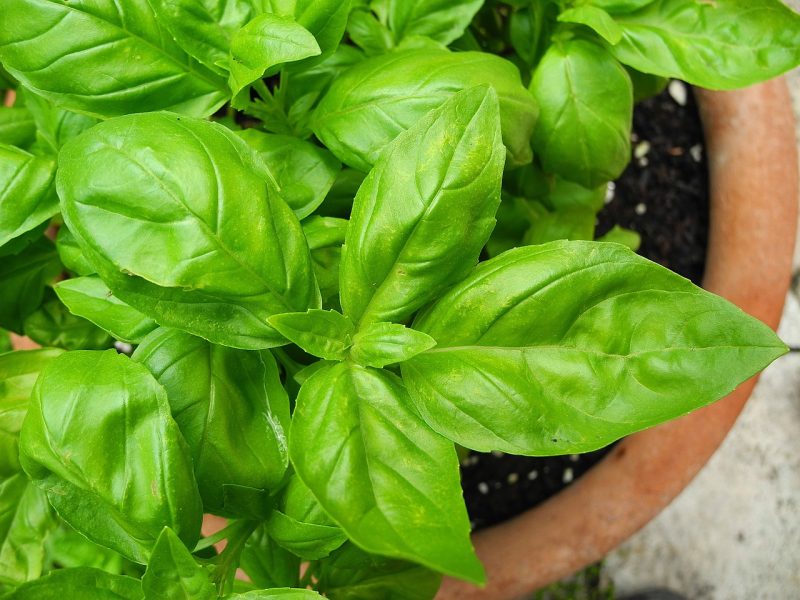
Basil is a must-have culinary herb, flourishing in warm months. Varieties like ‘Genovese’ and ‘Thai Basil’ thrive in Florida’s climate.
Temperature Tolerance: Basil grows best at temperatures between 70°F and 90°F. If planted too early in cool soil or too late in extreme heat, it may bolt (flower prematurely).
Planting Dates: June is perfect for direct sowing seeds or transplanting established plants.
Helpful Tips: Opt for full sun locations, and keep the soil moist without being waterlogged. Pinching off flowers encourages bushier growth and maintains the best flavor.
Oregano
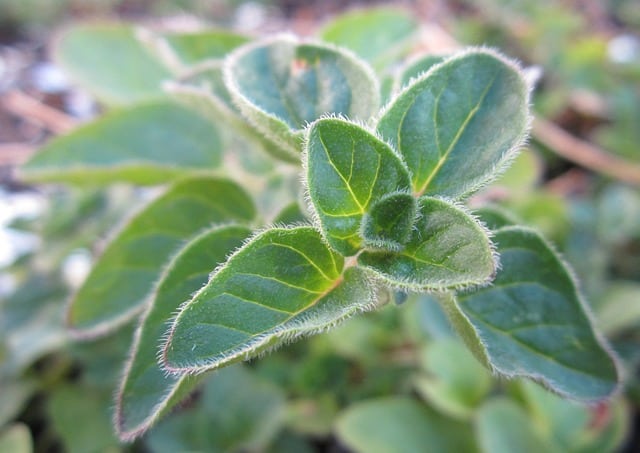
Oregano is a perennial herb known for its robust flavor and adaptability. Varieties like ‘Greek Oregano’ are particularly favored in coastal areas.
Temperature Tolerance: Oregano enjoys temperatures between 70°F and 85°F and thrives in full sun and well-drained soil.
Planting Dates: June is great for planting oregano, either through seeds or transplants in warm, healthy soil.
Helpful Tips: Regular pruning helps maintain the plant’s vigor. Oregano is drought-resistant, so be mindful not to overwater once established. This herb is a staple in Mediterranean dishes, making it a valuable garden addition.
Cilantro
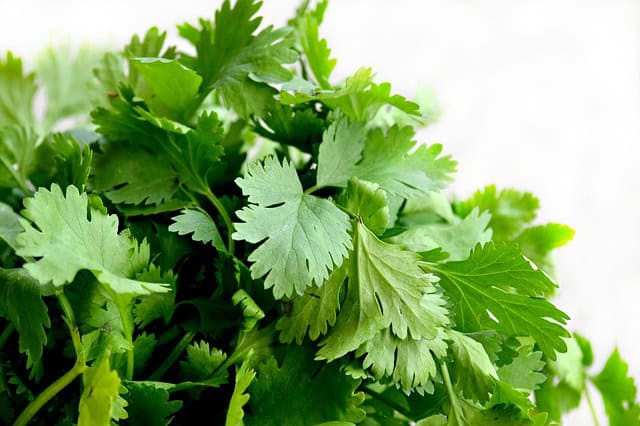
Cilantro is beloved in kitchens worldwide for its fresh flavor. It prefers cooler conditions but can grow in warm climates if managed correctly.
Temperature Tolerance: Cilantro does best at temperatures between 50°F to 75°F. It can bolt and go to seed quickly if grown in excessively hot conditions.
Planting Dates: Planting in June may require some attention to prevent bolting—partial shade can help keep plants thriving as the heat peaks.
Helpful Tips: Use well-drained soil; adequate moisture is essential during its growth phase. Harvest every few weeks to keep the plants from bolting and producing flowers too soon.
Thyme
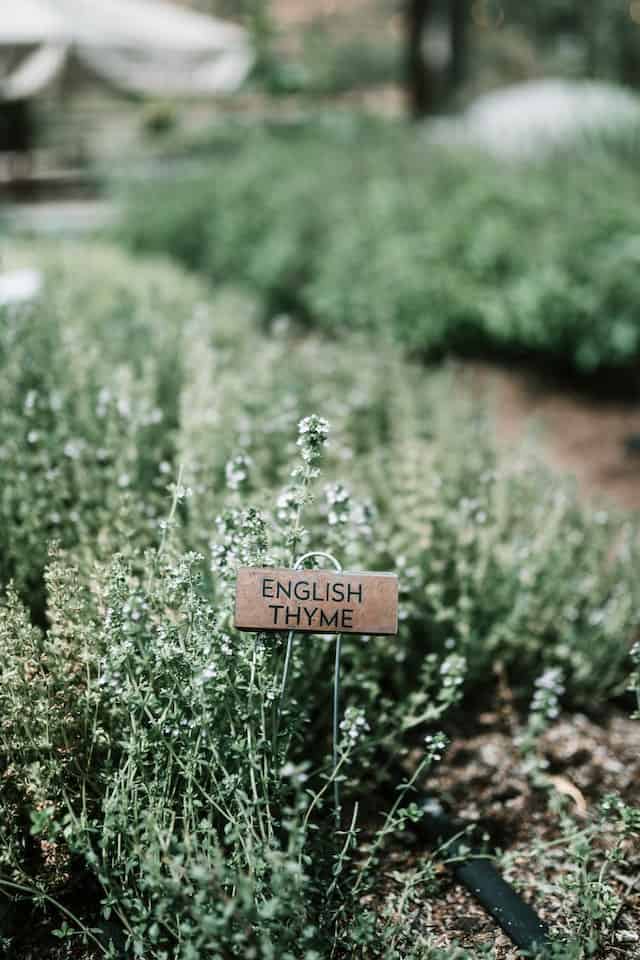
Thyme is a hardy, perennial herb that flourishes in sunny environments. Known for its essential oils with culinary and medicinal uses, varieties like ‘English Thyme’ are favorites.
Temperature Tolerance: Thyme grows well in temperatures between 60°F and 80°F and tolerates hot conditions when well established.
Planting Dates: You can plant thyme in June for summer growth, using either seeds or starter plants.
Helpful Tips: Thyme prefers well-drained, sandy soil and minimal watering once established. Regular trimming encourages bushy growth, and it can be used fresh or dried for culinary purposes.
Rosemary
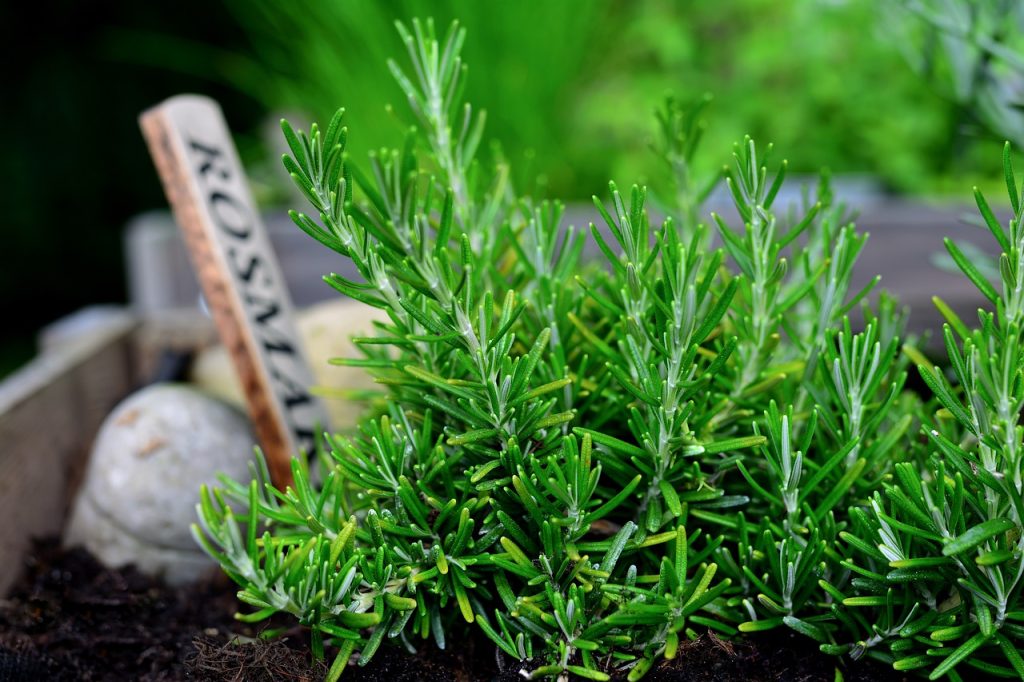
Rosemary is a fragrant herb known for its culinary versatility and ornamental qualities. Varieties like ‘Tuscan Blue’ perform well in warm climates.
Temperature Tolerance: Rosemary prefers temperatures from 70°F to 100°F, making it a true sun-lover.
Planting Dates: June is favorable for planting rosemary as the heat encourages its growth.
Helpful Tips: Ensure the soil is well-draining to prevent root rot. Rosemary thrives in dryer conditions, so water sparingly after establishment. This herb’s aromatic quality makes it a popular choice for cooking and landscapes.
Mint
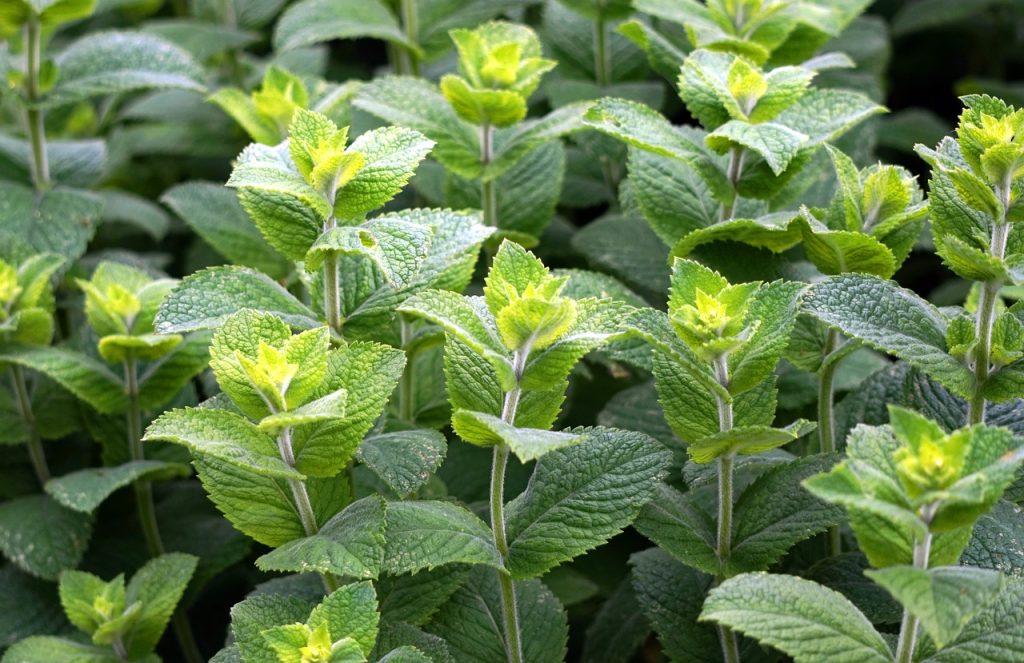
Mint, including varieties like ‘Peppermint’ and ‘Spearmint,’ is an easy-to-grow herb that thrives in moist environments. It’s excellent for adding fresh flavor to dishes and drinks.
Temperature Tolerance: Mint can tolerate a range of temperatures, usually from 65°F to 85°F, flourishing with consistent moisture.
Planting Dates: Plant mint in June using starter plants or by sowing seeds. Be cautious about its invasive nature; consider using containers to restrict its spread.
Helpful Tips: Keep the soil consistently moist for optimal growth, and consider afternoon shade during peak heat. Frequent harvesting encourages bushier growth and prevents flowering.
Dill
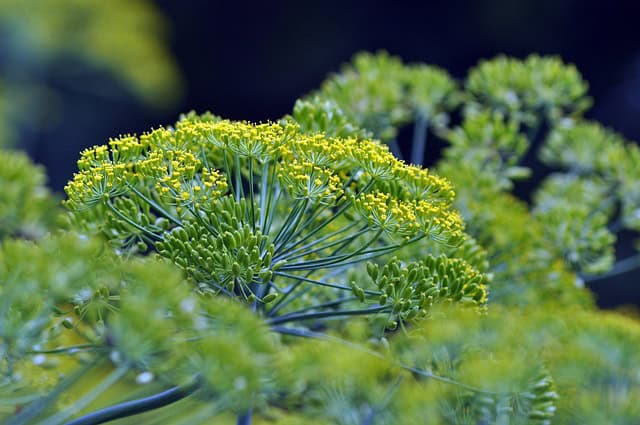
Dill is an aromatic herb popular in various cuisines. It grows well in sunny spots and can be used in culinary dishes or as a companion plant.
Temperature Tolerance: Dill prefers temperatures of 60°F to 75°F, with the ability to endure warm conditions, although it can bolt under extreme heat.
Planting Dates: You can plant dill from late spring to early summer, with June providing ample warmth for growth.
Helpful Tips: This herb prefers well-drained soil and a sunny location. Regular harvesting prevents bolting. Dill seeds are slow to germinate, so be patient as they establish.
Chives

Chives are a perennial herb that adds a mild onion-like flavor to dishes. They’re easy to grow and do well in containers or garden beds.
Temperature Tolerance: Chives grow well in temperatures from 60°F to 75°F but are tolerant of warmer weather.
Planting Dates: June is excellent for planting chives in Florida gardens.
Helpful Tips: Ensure they are in well-drained soil and full sun. Regular cutting encourages lush growth, and their flowers are also edible, adding beauty to the garden while attracting pollinators.
Parsley
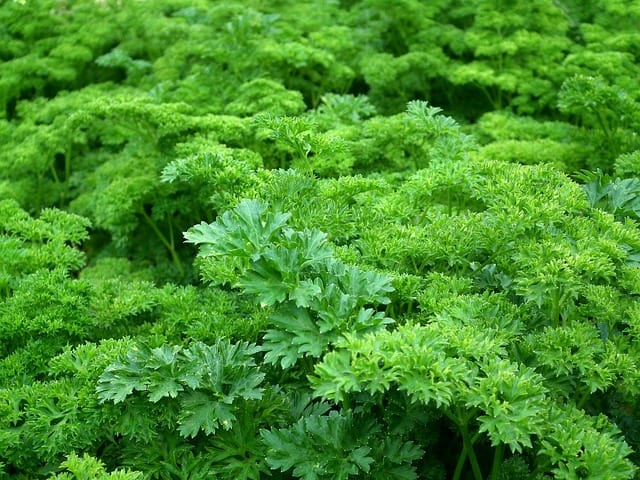
Parsley is a versatile herb popular in cooking. Varieties like ‘Curly’ or ‘Flat Leaf’ (Italian parsley) thrive well in warm conditions.
Temperature Tolerance: Parsley grows best in temperatures of 60°F to 75°F but can endure warm weather if adequately managed.
Planting Dates: June planting is suitable in Florida, given some care to protect them from extreme heat.
Helpful Tips: Parsley prefers rich soils and moderately moist conditions. Regular harvesting throughout the growing period promotes growth and can prevent bolting.
Landscape Plants To Plant In June
Crepe Myrtle
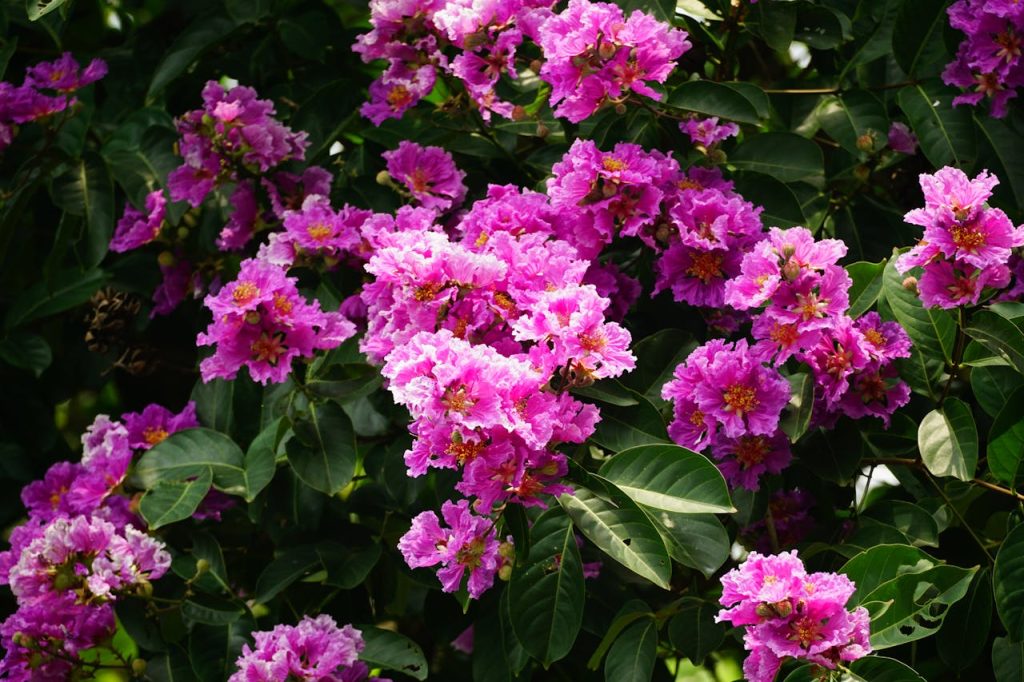
Crepe myrtle is a flowering tree known for its vibrant blooms, ranging from white to deep purple. It is one of the best landscape trees for hot climates.
Temperature Tolerance: Crepe myrtles thrive in temperatures from 60°F to 95°F and are relatively drought-tolerant once established.
Planting Dates: June is an ideal time to plant them, allowing for strong root development during summer.
Helpful Tips: They prefer full sun and well-drained soil. Adequate water during the establishment phase is crucial. Regular pruning after flowering can promote new growth and detailed blooms.
Oleander
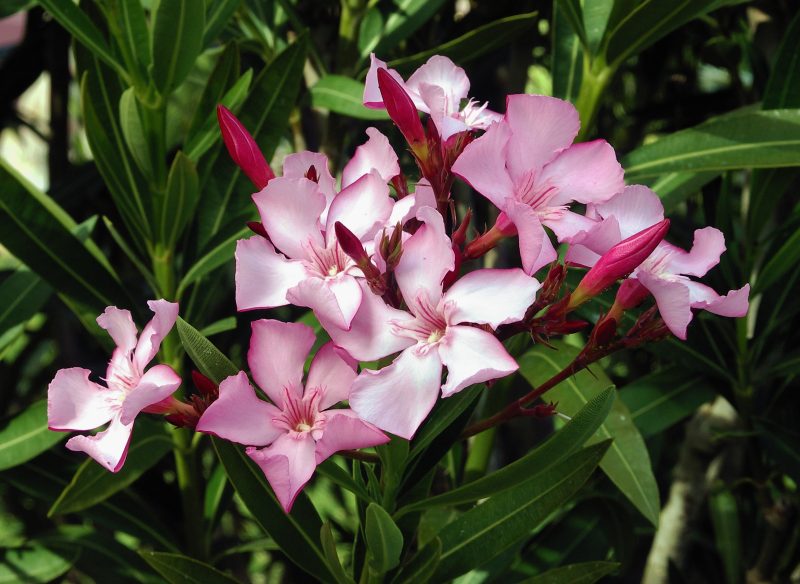
Oleander is a tough shrub that can withstand high heat and drought. It has attractive blooms in various colors and is often used as a hedge.
Temperature Tolerance: Oleander thrives in temperatures from 70°F to 100°F, showcasing its resilience to heat.
Planting Dates: June is advisable for planting oleander in Florida landscapes.
Helpful Tips: It requires well-drained soil and full sun to thrive. Be cautious, as it’s toxic if ingested. Regularly check for pests; oleander aphids can be an issue.
Agapanthus

Agapanthus is a striking perennial that produces cluster blooms of blue or white flowers, adding elegance to any landscape.
Temperature Tolerance: This plant tolerates temperatures from 60°F to 95°F and is remarkably drought-tolerant once established.
Planting Dates: June is suitable for planting agapanthus, allowing the roots to take hold during warm months.
Helpful Tips: They prefer full sun and benefit from well-drained soil. Regular watering during flowering will encourage prolific blooms, and they can be an attractive addition to borders or containers.
Bird of Paradise

Bird of Paradise is known for its stunning flowers that resemble tropical birds. This stunning addition to landscapes thrives in heat.
Temperature Tolerance: It thrives in temperatures from 70°F to 90°F.
Planting Dates: June is excellent for planting this exotic plant in landscapes.
Helpful Tips: Ensure they are planted in full sun with well-drained soil. Regular watering and fertilizing during the growing season will produce vibrant blooms. Also, be mindful that it can spread quickly and may require containment.
Hibiscus
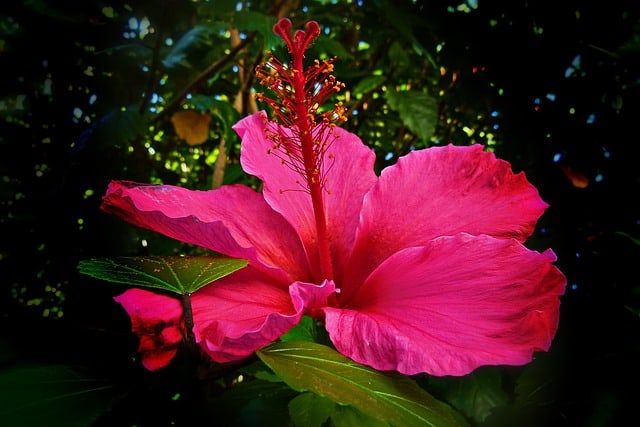
Hibiscus is a tropical plant with large, colorful blooms that can instantly beautify a garden. Known for their vibrant colors, these shrubs attract pollinators.
Temperature Tolerance: Hibiscus grows best in temperatures between 60°F and 95°F, making them ideal for Florida’s warm and humid summers.
Planting Dates: June is a good time to plant hibiscus either from seeds or as young plants.
Helpful Tips: They require well-drained soil and full sunlight for optimal growth and blossom production. Regular watering and fertilizing during growth spurts will promote excellent blooms.
Daylily
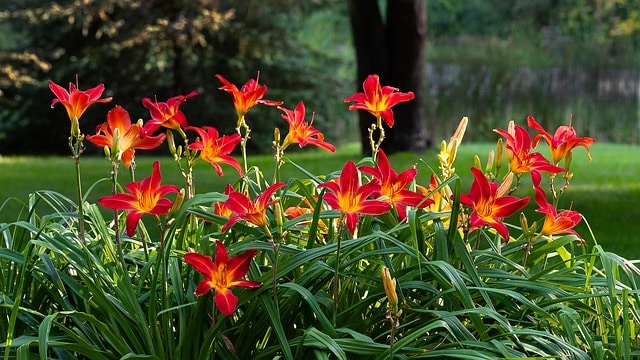
Daylilies are hardy perennials known for their vibrant flowers and adaptability to various soil conditions. They can bring beautiful colors and texture to any garden.
Temperature Tolerance: Daylilies thrive in temperatures between 60°F and 90°F and are tolerant of heat once established.
Planting Dates: June is suitable for planting daylilies to reap beautiful blooms later in the summer.
Helpful Tips: They prefer well-drained soil and full sun to part shade. Regular watering during dry spells encourages healthy growth and prolonged flowering.
Trumpet Vine

Trumpet vine is a vigorous flowering climber superb for creating focal points or covering fences. It blooms beautiful, trumpet-like flowers that attract hummingbirds.
Temperature Tolerance: Trumpet vine thrives in temperatures between 70°F and 95°F and is noted for its hardiness.
Planting Dates: June is ideal for planting Trumpet vine, allowing time for establishment.
Helpful Tips: Ensure it has a sturdy support structure as it can become invasive if not properly contained. It’s drought-tolerant but benefits from consistent moisture during the initial growing phase.
Sago Palm
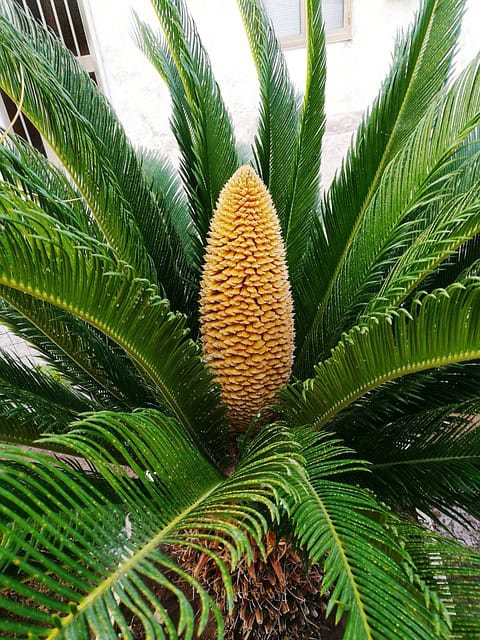
Although not a true palm, the Sago palm gives a tropical feel with its dramatic foliage and is well-suited for landscapes in Florida.
Temperature Tolerance: Sago palms prefer temperatures from 50°F to 100°F but thrive in high humidity and heat.
Planting Dates: June is favorable for planting Sago palms.
Helpful Tips: They require well-drained soil and protection from excessive moisture during heavy rains. Sago palms grow slowly, so patience is key as they mature over the years.
Bougainvillea

Bougainvillea is a fast-growing, climbing vine known for its vibrant paper-like bracts in hues of pink, purple, white, and orange.
Temperature Tolerance: Bougainvillea can tolerate heat up to 100°F, making it perfect for Florida’s climate.
Planting Dates: June is an excellent time for planting bougainvillea for vibrant summer displays.
Helpful Tips: Plant bougainvillea in full sun with well-drained soil. Provide moderate watering and prune to encourage bushy growth and inhibit excessive branching.



